Piping Options
Millions of piping systems across North America bring clean water to families, schoolchildren, doctors/patients, and workers. They also carry away sewage and other waste, among other essential functions.
Materials play a significant role in how such systems perform. As communities initiate historic investments in piping infrastructure, they must ensure health and safety while addressing sustainability and environmental concerns. Here are key factors for each of the main types of piping.
Overview of Piping Materials
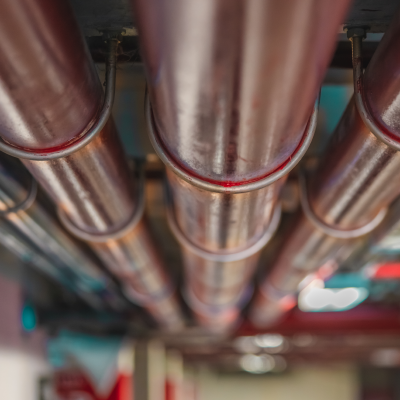
Copper has been used for centuries in plumbing and is valued for its proven resilience and non-toxic composition. Safety of copper and brass pipe and fittings is ensured by the Lead and Copper Rule to prevent leaching of harmful lead particles into piping systems.
Key applications: Water service lines, hot & cold water distribution, (steam/water) heating
Benefits: high recycled content, non-combustible, resilient to chemicals, impermeable, repairable, no leaching concerns, 75-year product life, recycled at end of life
Drawbacks: heavier weight, higher material and installation cost
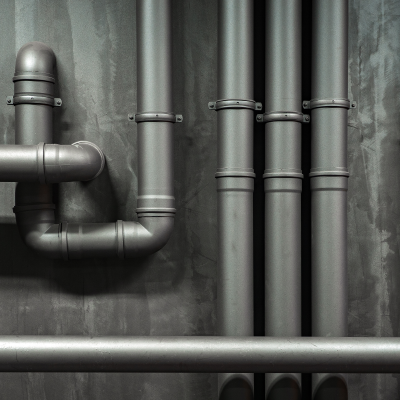
Cast iron is considered one of the most robust and forgiving materials for wastewater and sewer, selected for use in thousands of commercial and residential structures because of its safety and performance.
Key applications: Wastewater drain lines, soil pipe/sewer lines, (steam/water) heating
Benefits: high recycled content, structural strength, simple below-ground installation, resilient to chemicals, non-combustible, repairable, impermeable, no leaching concerns, 100-year product life, recycled at end of life
Drawbacks: heavier weight, higher material and installation cost
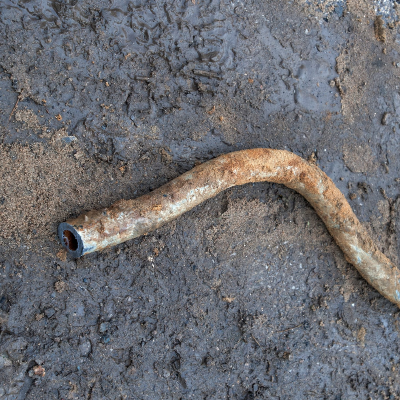
Widely used for nearly a century, lead pipes represent serious health hazards due to leaching of lead particles into water.
Well-known incidents in Flint MI, Newark NJ, and elsewhere have made it imperative to replace these unsafe pipes, work that continues in hundreds of communities.
Key applications: Water service lines, hot & cold water distribution, (steam/water) heating
Benefits: None (outweighed by risks)
Drawbacks: toxic leaching of lead into water, heavier weight
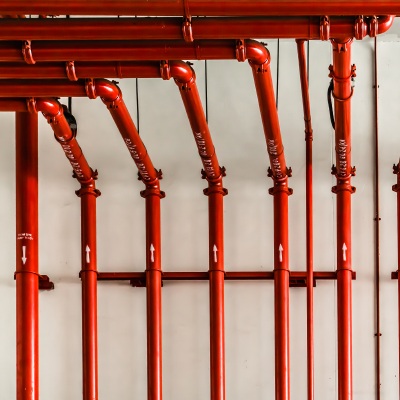
Like iron, steel is valued for its structural strength and proven performance. Steel pipes offer a high level of protection in fire incidents due to their non-combustible nature.
Key applications: Sprinkler systems, electrical conduits
Benefits: high recycled content, non-combustible, resilient to chemicals, repairable, long product life, recycled at end of life
Drawbacks: heavier weight, higher material and installation cost
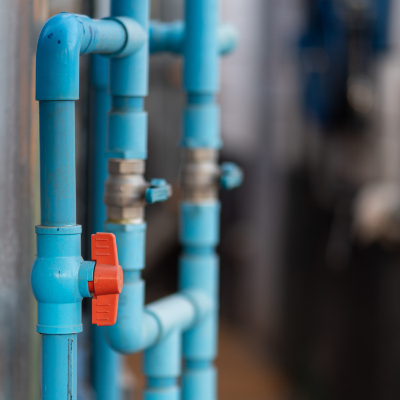
Various formulations of plastic pipe have become dominant in many segments of the market, due primarily to their cheaper material cost and low effort required to install.
Key applications: Water lines (PE, PEX, PVC), wastewater/sewer (CPVC, PVC), sprinkler systems (CPVC)
Benefits: low cost, lighter weight, versatility, cheaper to replace than repair(?)
Drawbacks: fossil-fuel content, combustible (toxic smoke & chemicals), chemical leaching in water systems, damaged by exposure to UV/chemicals/other plastics, higher permeability to pollutants, 25-year product life, landfilled at end of life
Additional Resources
Health & Research
- Healthy Building Network: analysis of chemicals, polymers, metals and other substances used in construction more >
- Healthy Materials Lab: resources for designers and architects to eliminate toxic materials in the built environment more >
- Center for Plumbing Safety: Collaborative of microbiologists, risk assessors, data scientists, engineers, ecologists, and political scientists researching issues related to pipe and plumbing systems more >